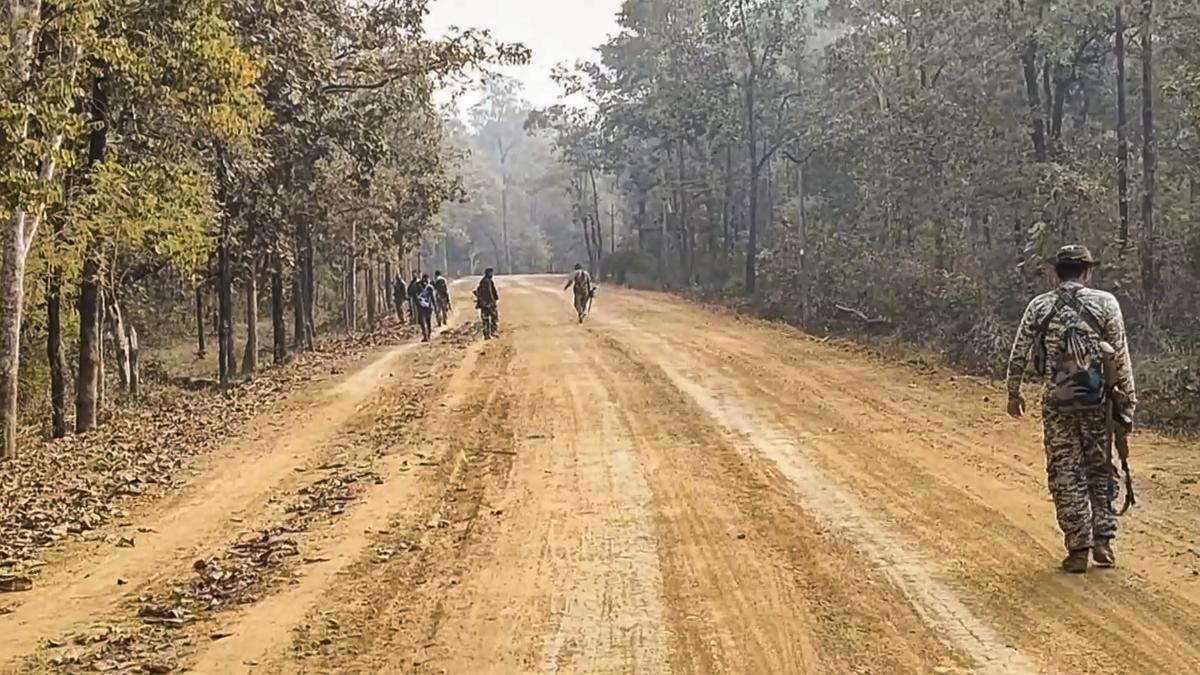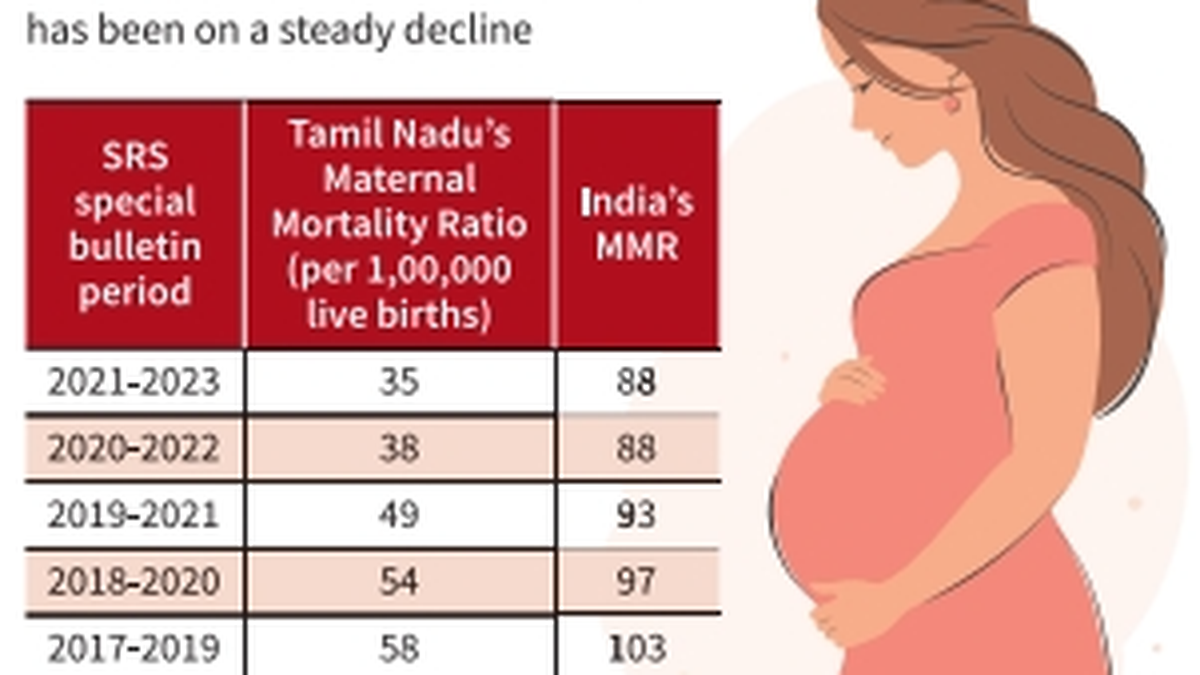Now Reading: 16 Maoists Surrender in Chhattisgarh’s Narayanpur
-
01
16 Maoists Surrender in Chhattisgarh’s Narayanpur
16 Maoists Surrender in Chhattisgarh’s Narayanpur

Swift Summary:
- Event: 16 Maoists surrendered in Narayanpur district of Chhattisgarh on September 10, 2025.
- Reason for Surrender: Disappointment with Maoist ideology, atrocities against innocent tribals, and internal differences within the banned outfit.
- Roles of Cadres: The surrendering cadres were lower-level members from groups like Janatana Sarkar,Chetna Natya Mandli,and panchayat militia. They supported the insurgency by:
– Supplying rations and medicine to armed Maoist units without payment.
– Transporting weapons/explosives and planting IEDs.
– Gathering intelligence on security forces and conducting reconnaissance missions.
- Additional Statements:
– The surrendered cadres alleged exploitation by top Maoist leaders who mislead tribals with false promises about protecting resources while treating lower-rung members poorly.
– Women were reportedly considerably disadvantaged within the organization.
- post-surrender Support: Each individual received ₹50,000 assistance and will be rehabilitated according to government policy.
Images included:
Photo Credit: PTI | Representational image only | Another PTI image attached of past context.
Read more at: The Hindu
indian Opinion Analysis:
The surrender of these 16 Maoists from Narayanpur highlights persistent fractures within extremist organizations in india’s red corridor. lower-rung cadres’ disillusionment with leadership structures signals a potential breakdown in operational cohesiveness over time. This advancement also emphasizes increased awareness among locals regarding exploitation under ideological banners that fail practical promises.
From an administrative standpoint, effective rehabilitation policies play a crucial role not just in reintegrating ex-insurgents but also as a deterrence strategy for recruitment drives by such outfits.Continued alignment between developmental initiatives (education/resources) alongside security measures is critical to curbing radicalization long-term.
india’s comprehensive counterinsurgency model must maintain its balance-combining enforcement-driven resolutions with efforts targeting poverty alleviation and tribal welfare remains key to ensuring sustainable peace across insurgency-prone regions.























